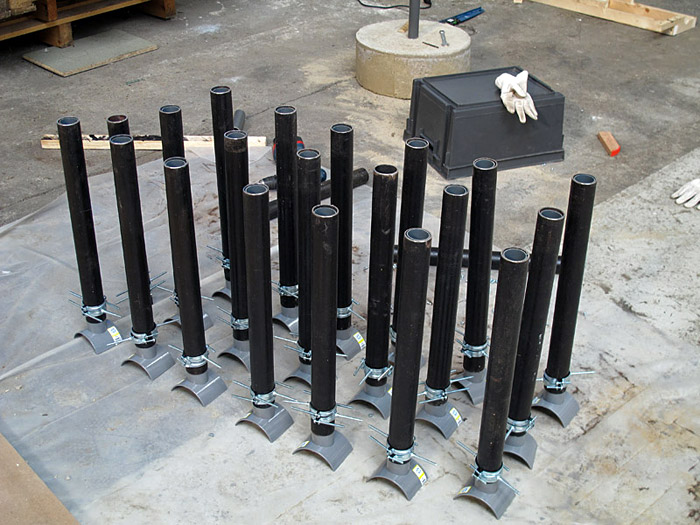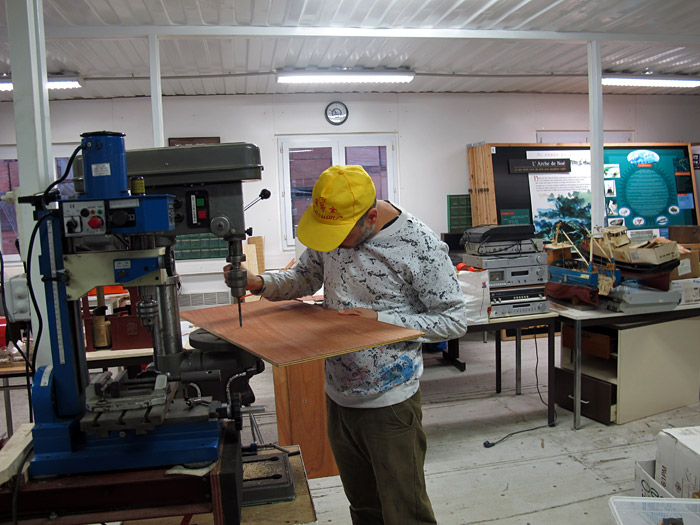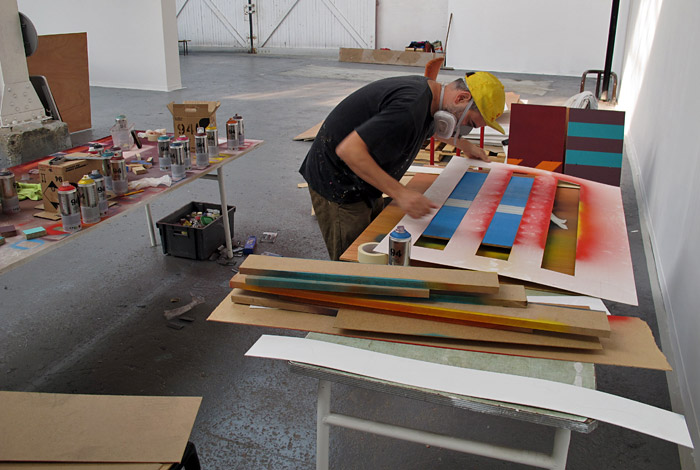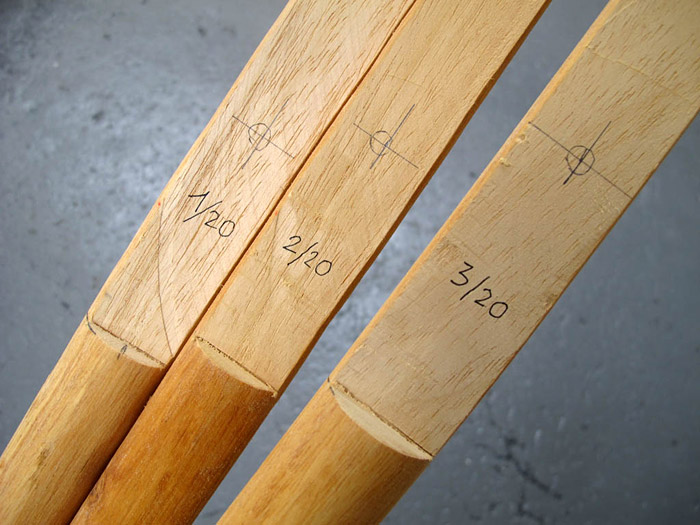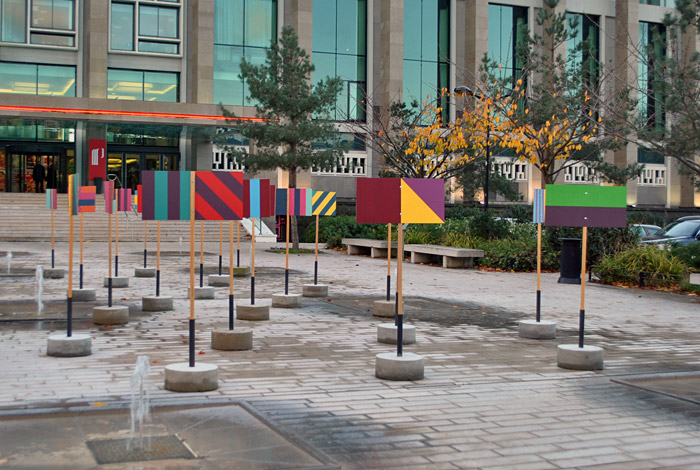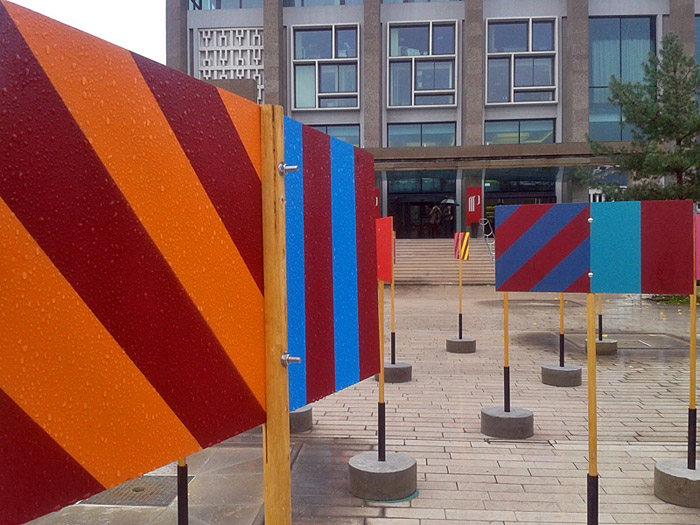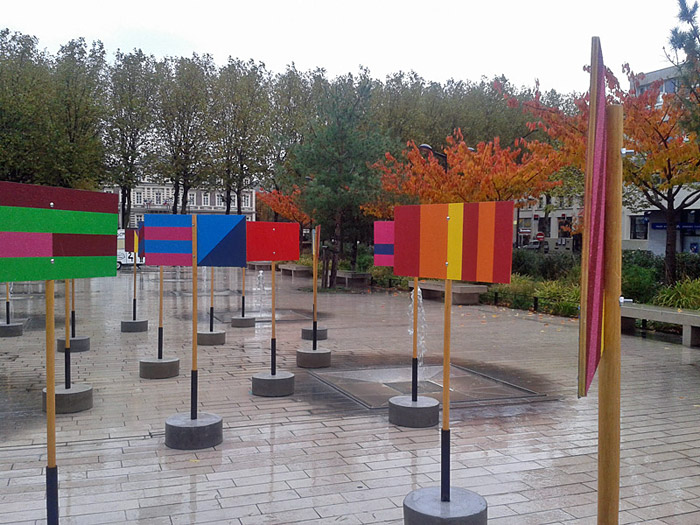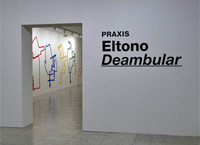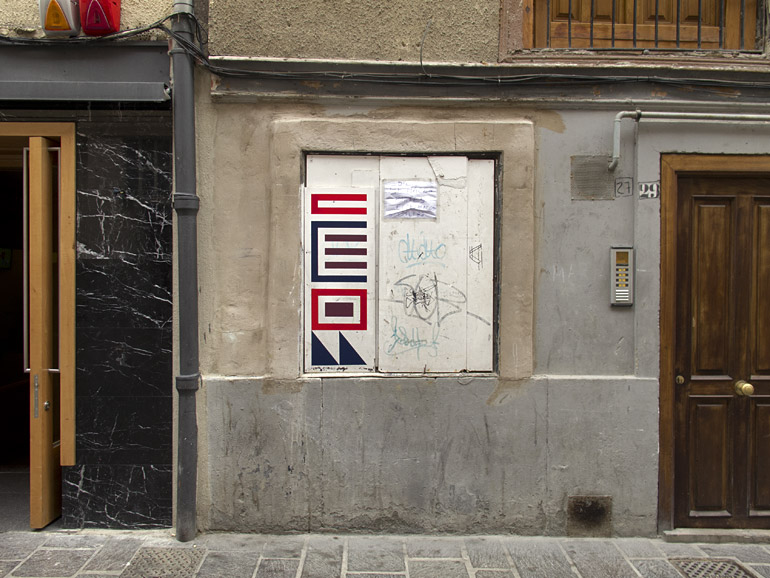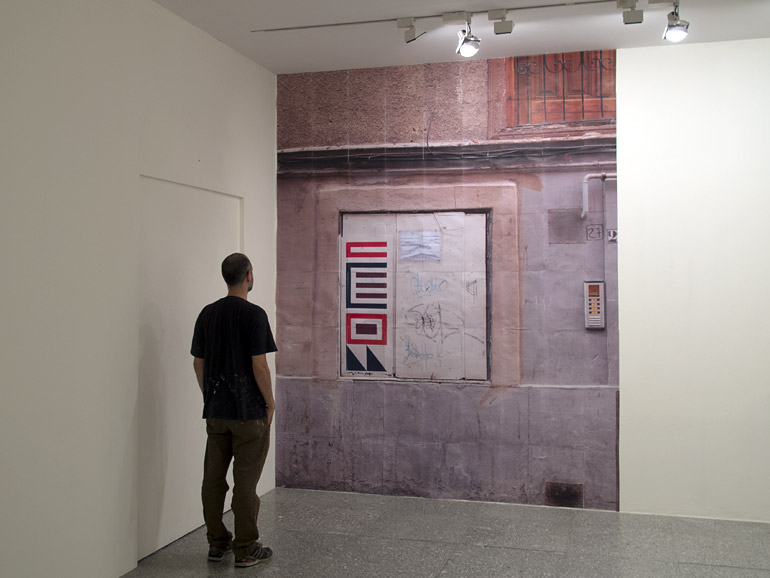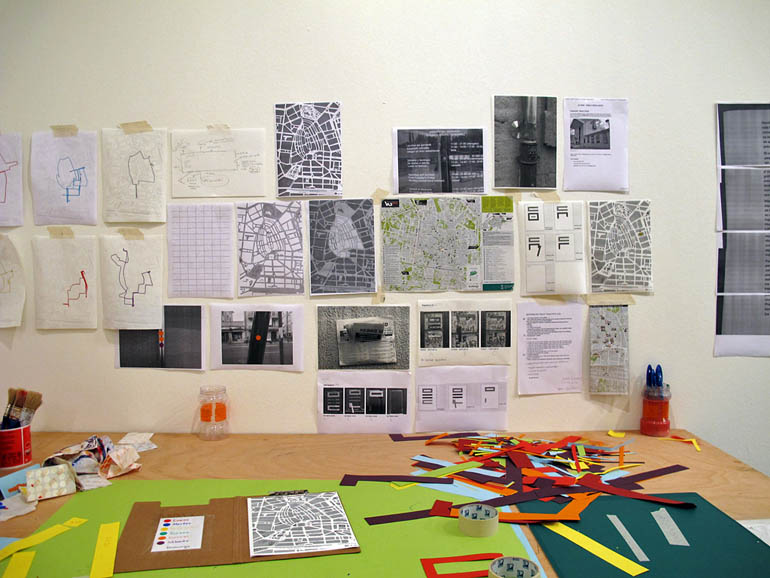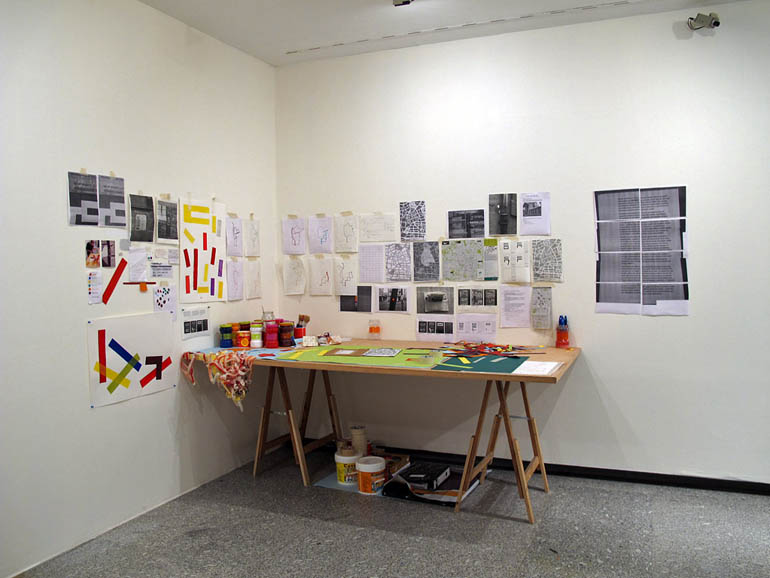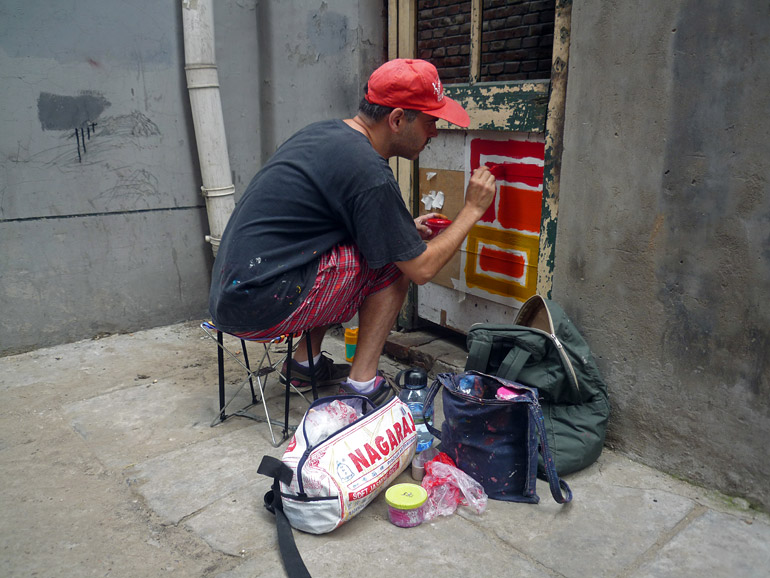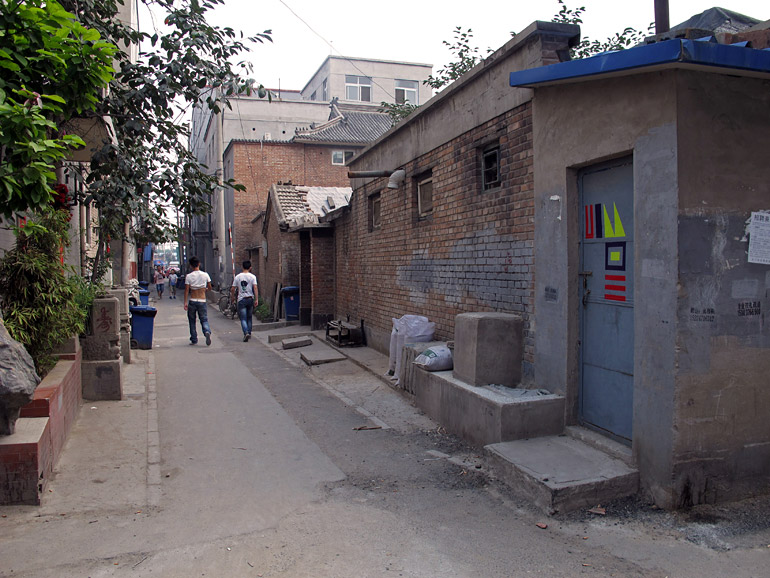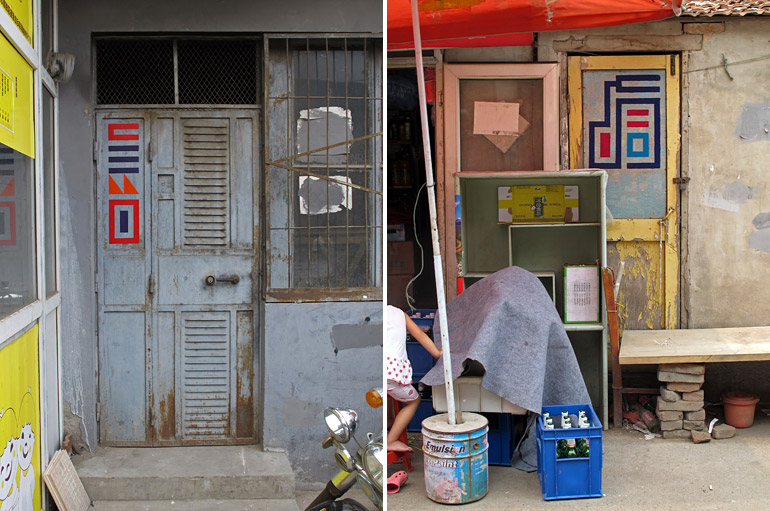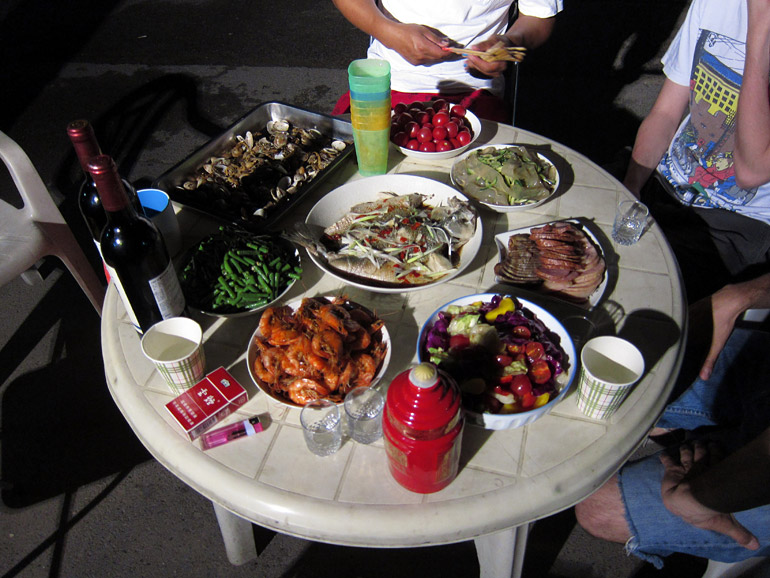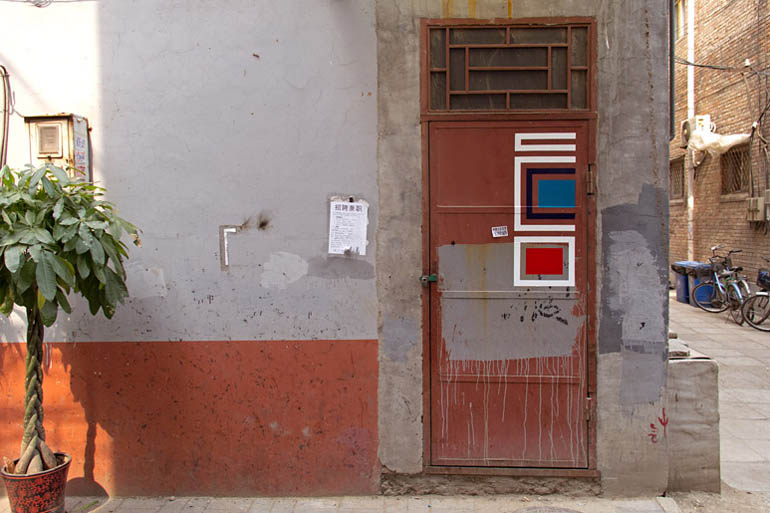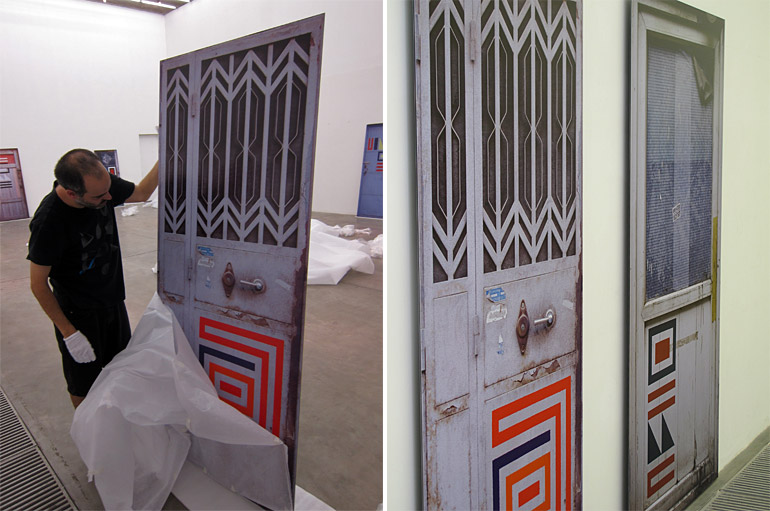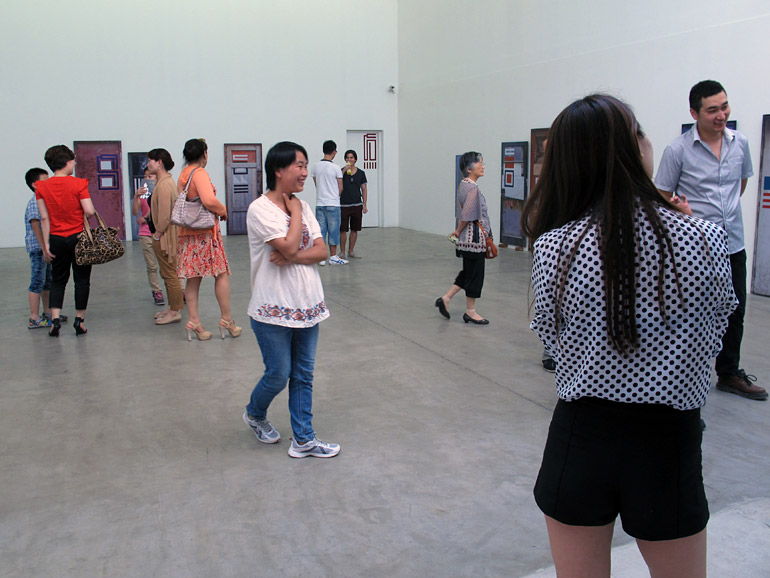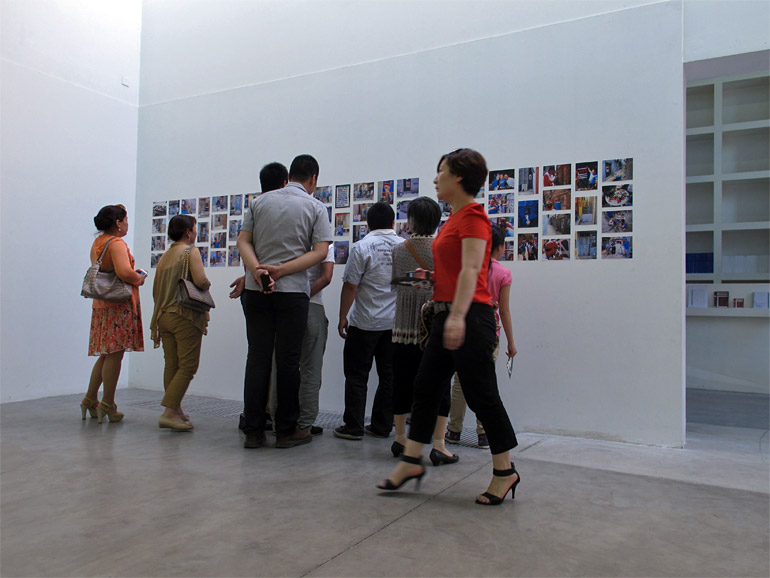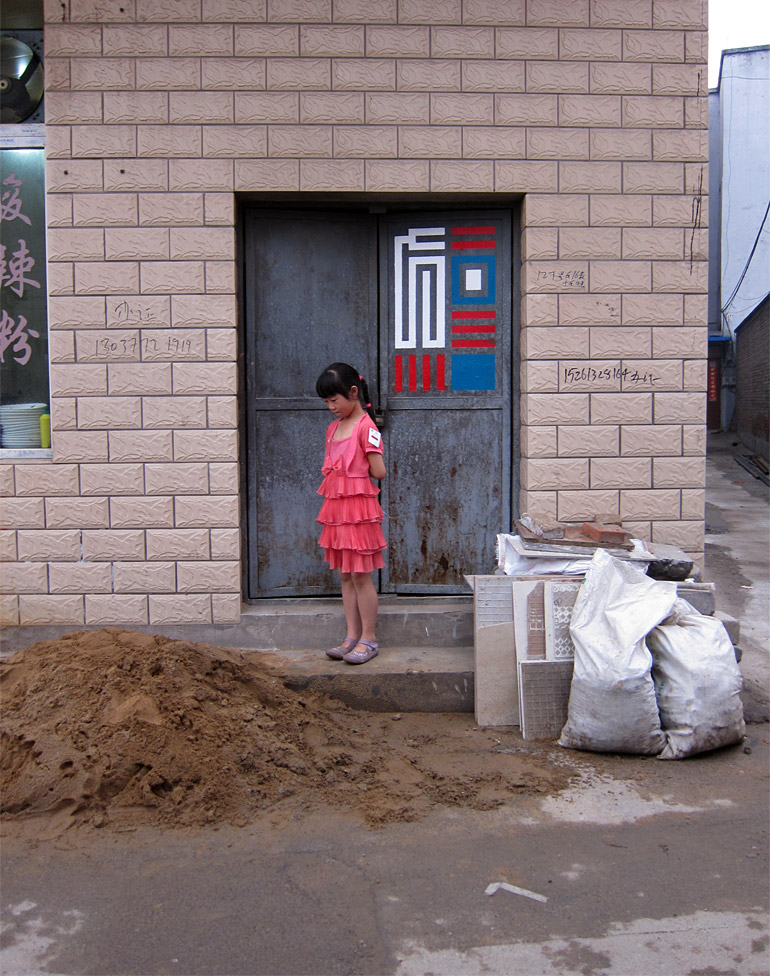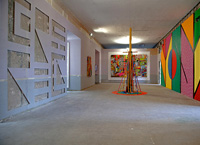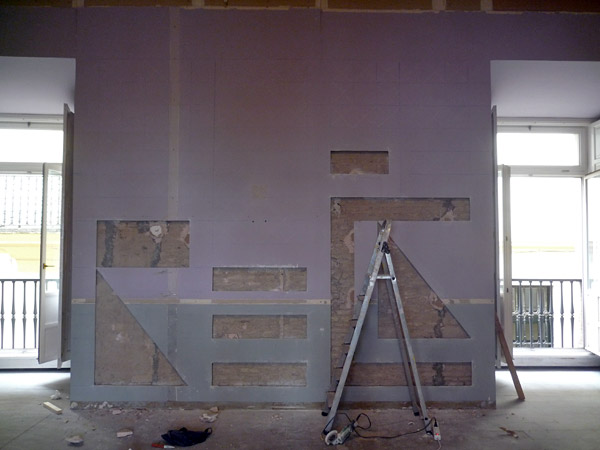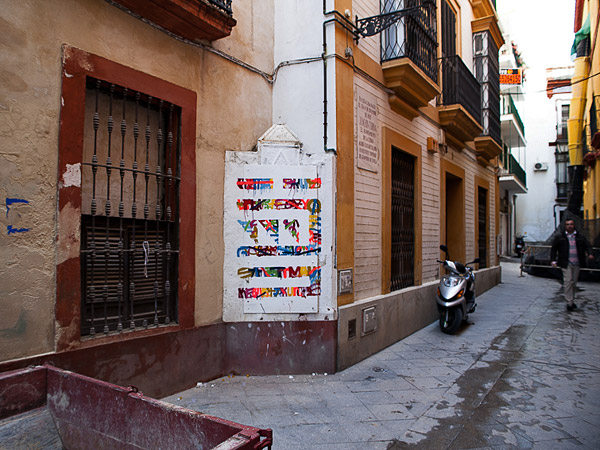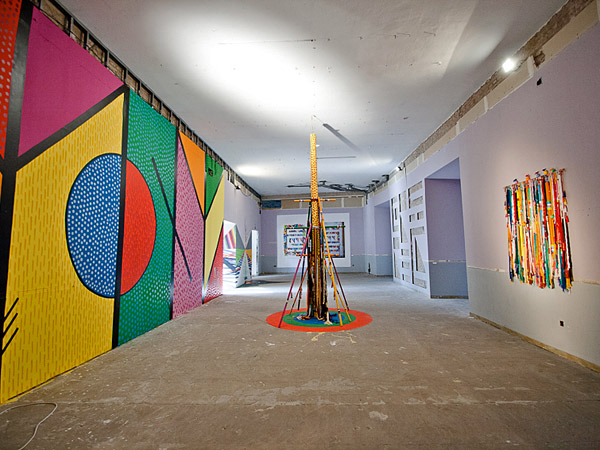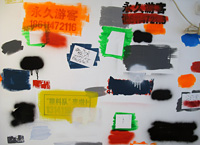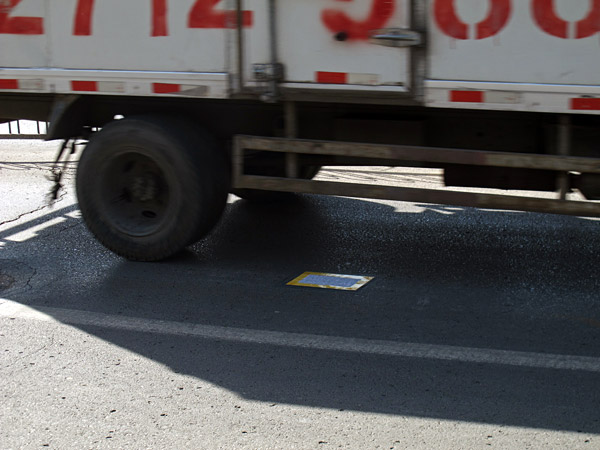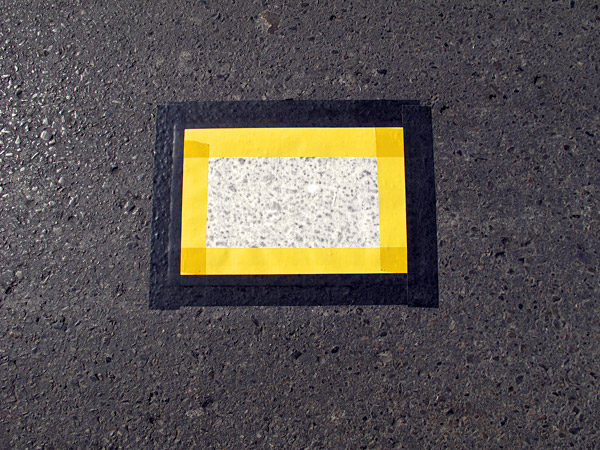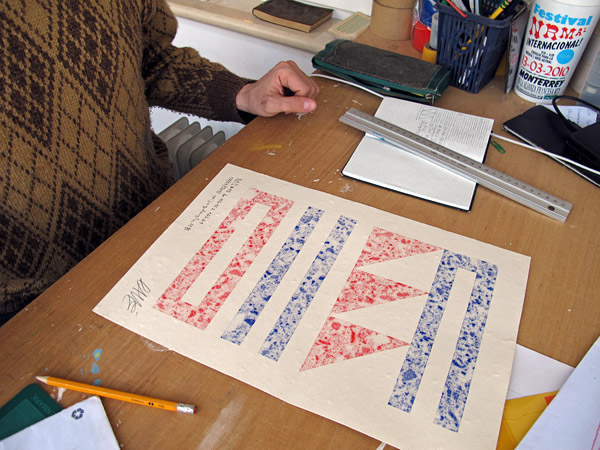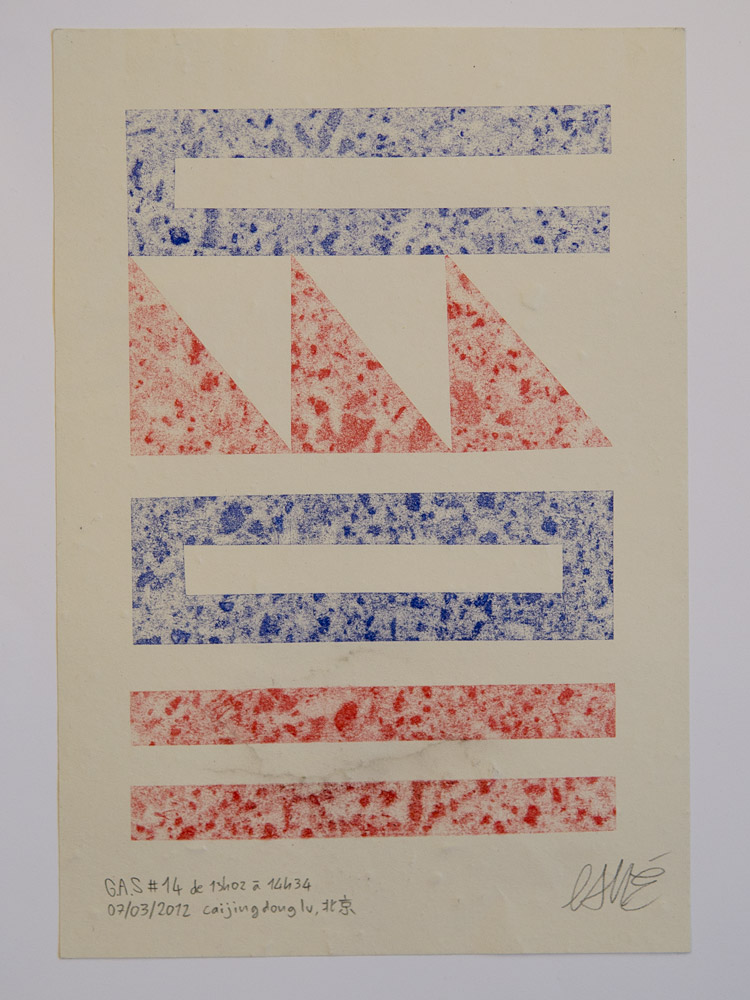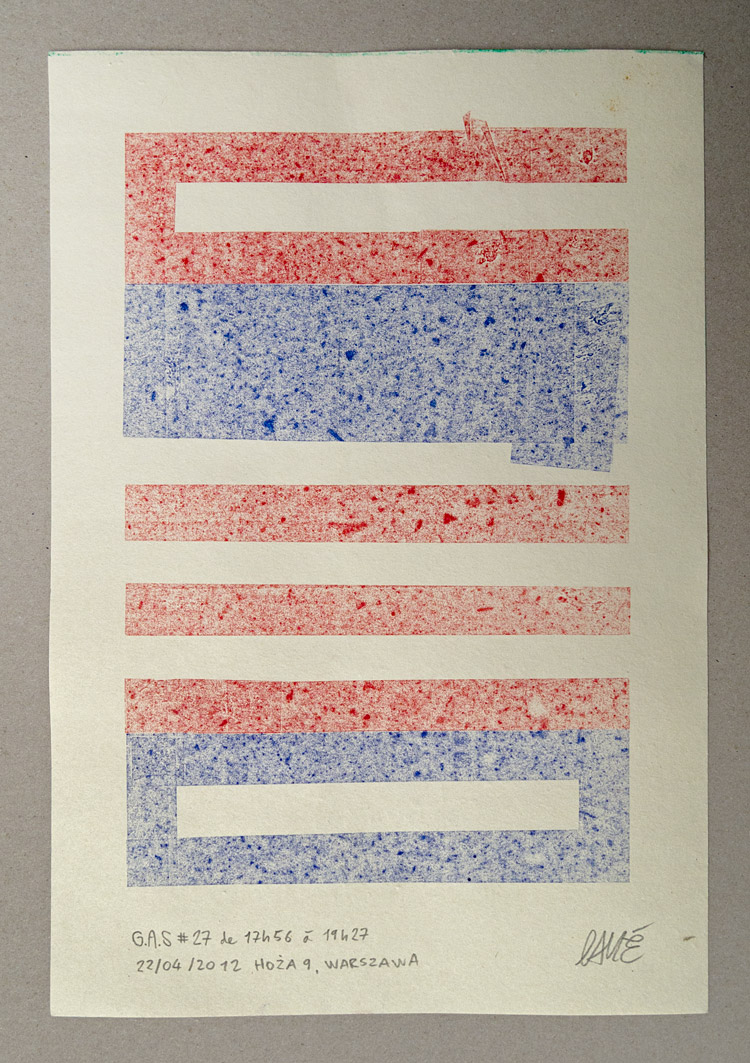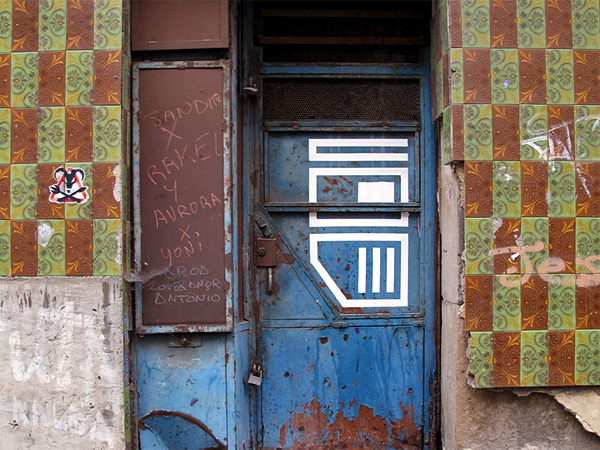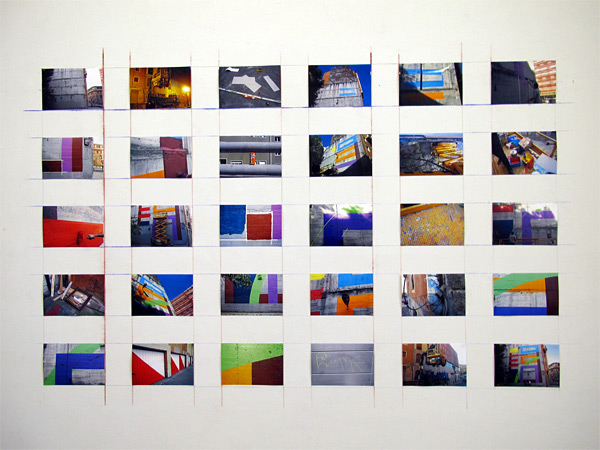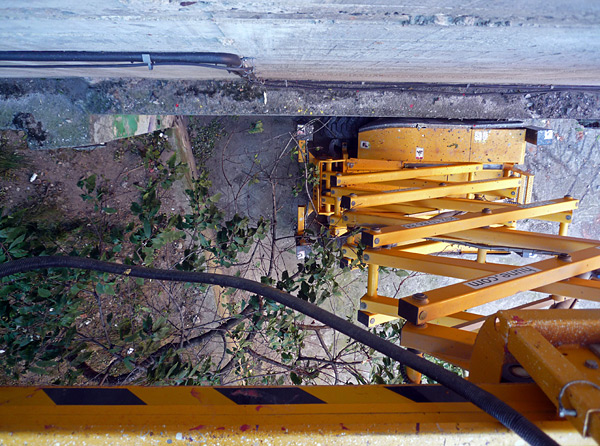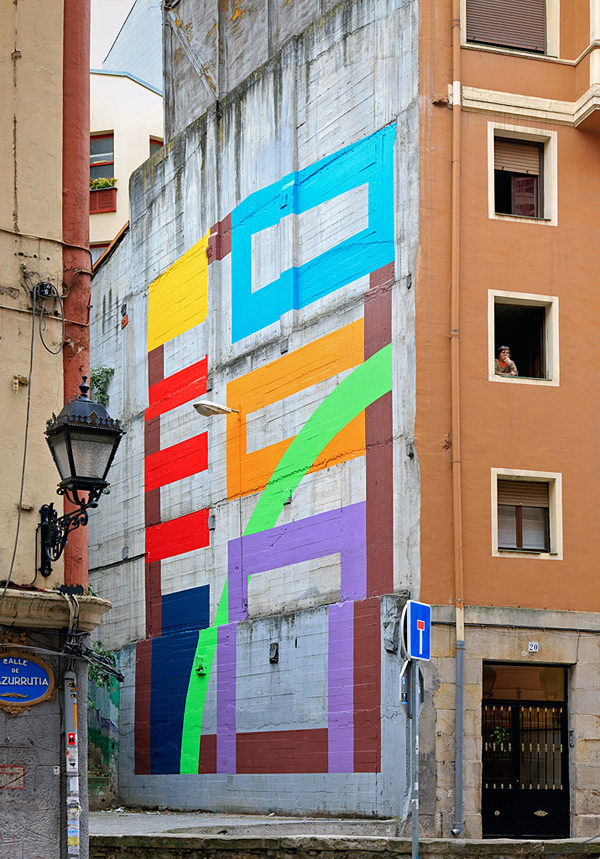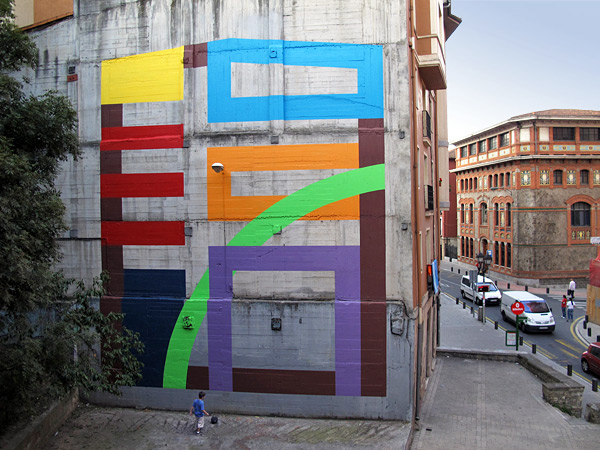Deambular (Wandering)
Artium, Basque Museum of Contemporary Art
Vitoria-Gasteiz, Spain
July 6th – September 2nd 2012
Praxis Project: Curated by Blanca de la Torre – Production coordination by Yolanda de Egoscozabal
Deambular – Actions in the public space of Vitoria-Gasteiz and in the exhibition space
Control center and exhibition space: Praxis, North Gallery, ARTIUM
Curators: Sergio García and Javier Abarca

For Deambular (Wandering), Eltono has devised a series of formulas to produce work based on the everyday action of walking through the city, the ebbs and flows of the street and pedestrian interaction, formulas that will run for seven days prior to the exhibition’s inauguration and for seven days after. The artist uses these games to outline direct connections between the exhibition space and the public space, links that invite the viewer to stroll through the city and thus form part of the creative process. The Praxis exhibition hall will serve as a workshop and control centre, and at the same time as a space to display the documentation arising from the various experiments. (Abstract taken from the Museum website)
Deambular was my first solo show in a museum. As usual now when I have to show public space art in a private space, I created artworks in the street that were related with other pieces presented in the museum. Over the years, I have realized that in every project I do, I end-up walking a lot throughout the city; consequently, for the Artium project I decided to use this action of walking to generate my artworks. To do this, I developed two types of actions outside the museum:
1 – The Thumbtacks installation (Chinchetas): I installed compositions made with colored paper strips held together with thumbtacks on wooden surfaces. As the day passed, the pedestrians started tearing the papers and removing the thumbtacks. I registered every change until the pieces completely disappeared.
2 – Illegal street paintings: during five nights, I went out to paint in the street of Victoria.
These night actions generated a lot of movements: from observation, localization and exploration to action and documentation; including all the movements of everyday life such as going from the museum to the hotel, eating, buying material, doing an interview, having a drink… At the beginning of the project, I chose a color code (red: Monday; blue: Tuesday; yellow: Wednesday; green: Thursday; orange: Friday; violet: Saturday and white: Sunday) and I started to register all of my movements on a map; at the same time, while I was walking in the city, I stuck small round stickers in each corner I passed using this color code. This way, I recorded my paths on a paper and also marked them in the city so people could transit through or follow them.
Between the street and the museum, I produced 6 types of works:
1 – Thumbtacks, installations with paper strips and thumbstacks – in the street (10)
2 – Paintings in the street (6)
3 – Colored circular stickers marking the daily path – in the street (approx. 150 per day, total approx.: 1650)
4 – Paths Mural Painting (in the museum)
5 – Drawing generated by the Thumbtacks installations (in the museum) (25; 5 sets of 4 and 1 set of 5)
6 – Photographic enlargements of the street paintings (in the museum) (2)
Finally, as a testimony of the 12 days of work I spent in the museum room, we decided to leave my workspace in the same state as it was the last day.
Pictures below…
Two fanzines were edited by the museum: 1st Fanzine (English) and Final Fanzine (Euskadi, English, Castellano)
(Text and design by Javier Abarca, photos by Irene Moratinos)
An extended version of the final fanzine has been edited by Javier Abarca for Urbanario: Urbanario Fanzine (English)
(Text and design by Javier Abarca, photos by Irene Moratinos)
Links:
Artium Museum press release: np120706-exhib-praxis-eltono
ARTIUM presents Strolling, an urban art project by Eltono for the Praxis programme
www.artium.org/English/Exhibitions/Exhibition/tabid/336
The artworks generated by the Chinchetas installation are available for purchase through SC Gallery.
Chinchetas (Thumbtacks) Installation:
I installed simple compositions made of colored paper held by thumbtacks on wood surface around the city. The installations were slowly altered by the pedestrians. After observing their evolution, I generated 1/1 scale drawings that documented the different steps that we were able to register. It resulted in a series of six each containing four or five drawings depending on how many changes were recorded. The first drawing of each series is showing the composition in its first step, just like I installed it in the street. The last drawing shows the last step, an empty paper, symbolizing the total disappearance of the piece. On each drawing is written the place, date and hour of the registered changes.
(Back to top)
Illegal Paintings in the City:
For several nights, after working all day in the museum, I went out to paint in the street of Victoria. Out of the six paintings I did, we selected two and printed life-size photographs to fill two walls from top to bottom in the exhibition space. After that, we gave to the visitors the freedom to discover the other four paintings in the city by themselves.
(Back to top)
Paths Mural Painting:
Every morning on the museum’s wall, using the correspondent color, I painted the path I have been walking the day before. Using masking tape, the drawing was stylized and simplified. I added a rule: the more I transited a street during that day, the thicker I had to paint the line. This uncontrolled mural evolved everyday during the 12 days of the residency. The idea was to generate a wall painting in which the final appearance was out of my control and to appreciate the result as a whole abstract painting and not like individual maps.
I used a large paper map to transfer the daily paths from my notebook to the museum wall. This graphic transfer process generated a huge quantity of colored dots (the ones I was marking and following as guides to paint the lines on the wall). The large map proved to be a faithful replica of the map I was creating while sticking the colored dots everyday in the city. This large piece, called Matrix Map, was left on the floor of the museum in the middle of the room – the same place it could be found during the time I was working in the museum.
(Back to top)
Round Stickers:
The round stickers experiment was the most intense part of the project. I had to mark my path through the city at every moment, sticking round stickers in every street-corner I was transiting. On average, I stuck one sticker every 30 seconds while I was walking in the city. The idea was to observe how the colorful points were accumulating on the spots I transited the most; and at the same time, to mark my path so people could follow it. A different color was used for each day, using the same color code as for the mural painting.
(Back to top)
Exhibition Pictures:

Somewhere inside the museum…
(Back to top)
Photographs: Irene Moratinos and Eltono
Many thanks to Sergio and Javier, Blanca de la Torre, Daniel Castillejo and Irene.


